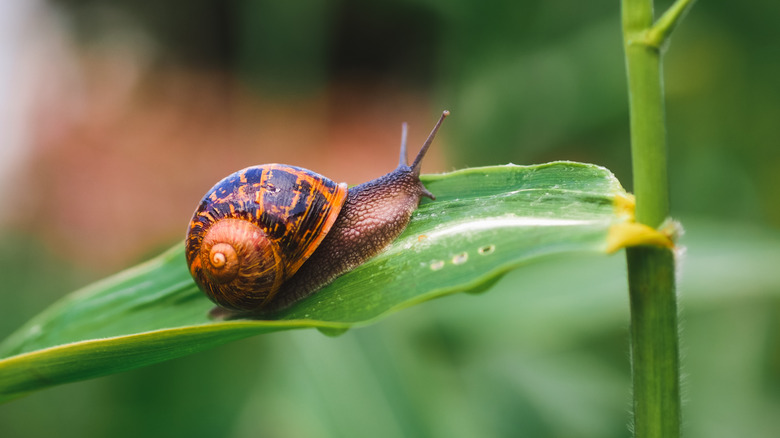Products containing snail mucus, which are commonly used to repair damaged skin, predate the social media era and may have applications beyond cosmetics.
The slimy secret behind snail mucus : Introduction
Snail mucus, also known as snail mucin or secretion, has become a skincare sensation in recent years, with its popularity soaring globally. Valued at approximately $555 million in 2022, the market for cosmetic products containing snail mucus has taken off, especially in North America, which currently holds the title of the fastest-growing market. However, the use of snail mucus for skincare is not a new trend, and its potential benefits extend far beyond the world of cosmetics.
ALSO READ : The Venus Flytraps : The Fascinating World Of Carnivorous Plants
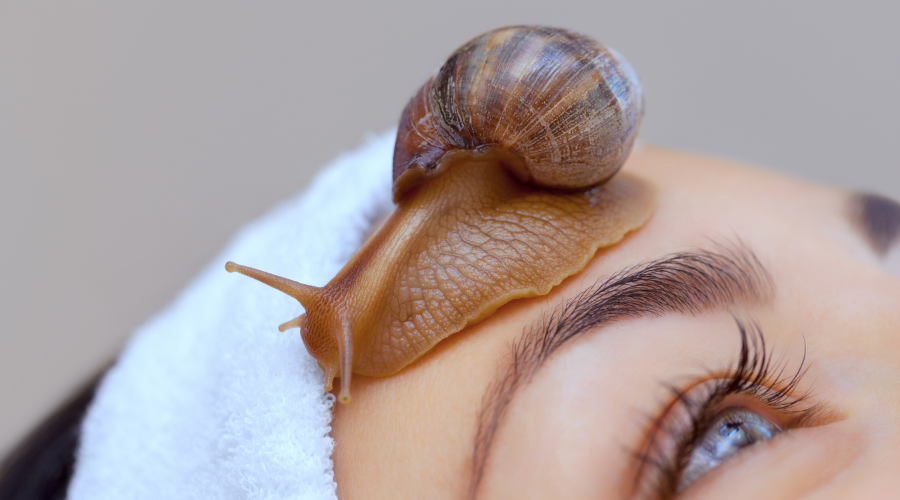
Historical roots
The use of snail slime on the skin dates back to ancient Greece, where it was employed to combat topical inflammation. In the 1980s, Chilean snail farmers discovered the skin-softening and wound-healing properties of snail mucus while handling snails for the French food market. This led to a surge in popularity in South America, laying the foundation for the snail mucus skincare trend.
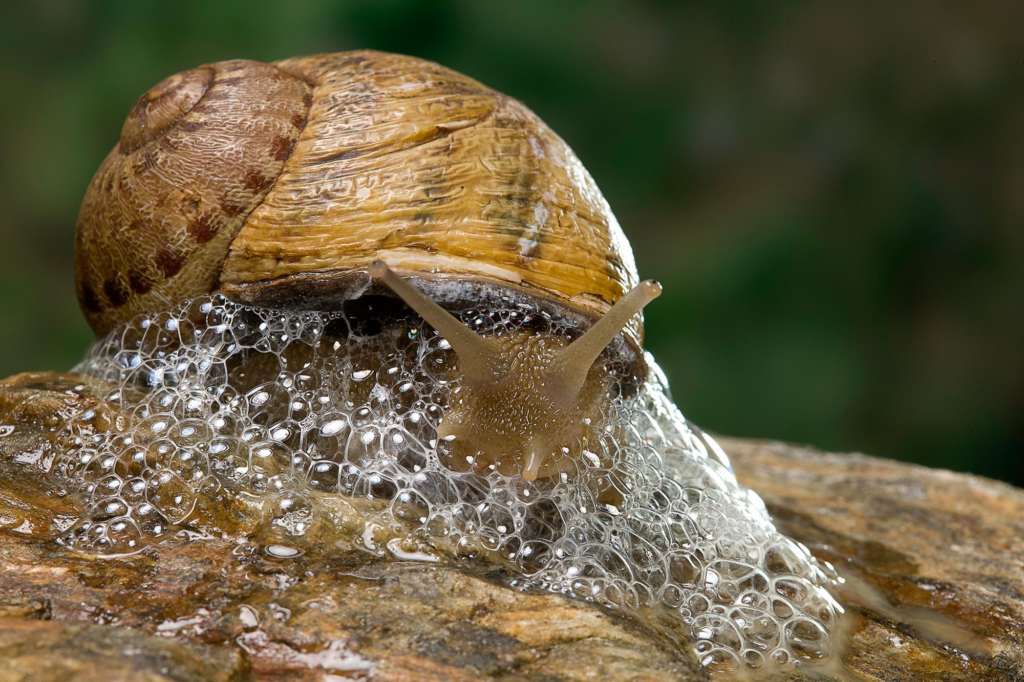
What does snail mucin do to the skin?
Garden snails, the species most commonly studied for skincare, produce slime that is rich in moisturizing properties, antioxidants, and collagen-stimulating capabilities. Dermatologists such as Joshua Zeichner and Elizabeth Bahar Houshmand highlight the mucus’s potential to repair damaged skin, lock in moisture, and reduce signs of aging. The mucus contains natural vitamins A and E, antioxidants that combat inflammation, and peptides that boost collagen production. However, large-scale clinical trials are necessary to validate these claims and further understand the active ingredients in snail slime.

Beyond skincare : Healing and antibacterial properties
Research suggests that snail mucus extends beyond skincare, demonstrating a protective barrier against air pollution and potential benefits in wound healing and burn treatment. Studies even indicate antibacterial and antifungal properties in snail secretions, with some mucus outperforming commercial antibiotics in certain scenarios. Early research also hints at possible anticancer abilities, as garden snail mucus inhibited skin cancer cell growth in laboratory experiments.
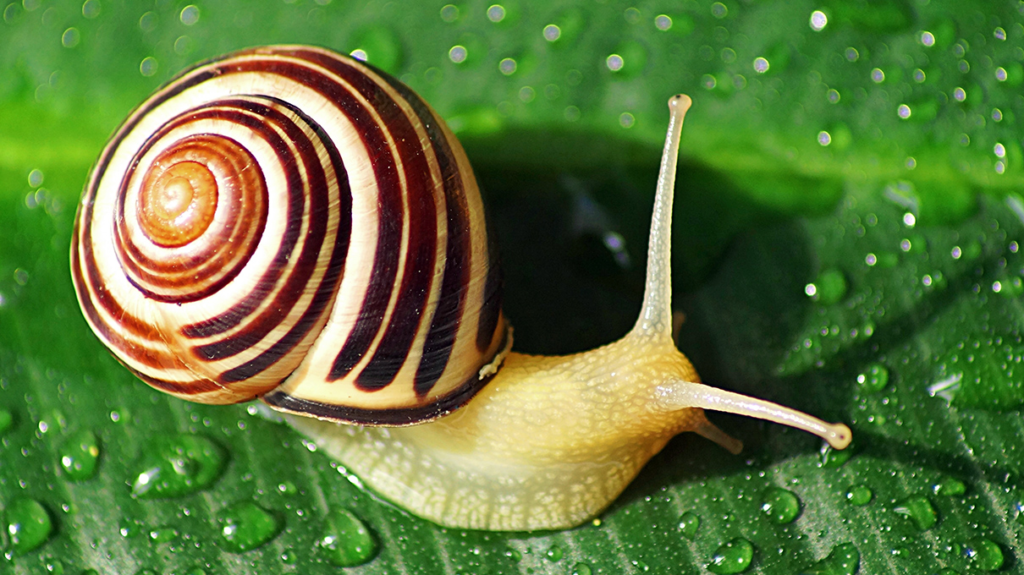
Unlocking the science of snail slime
Biochemists like Antonio Cerullo have delved into the complex composition of snail slime, analyzing its three types: protective mucus on the back, adhesive mucus on the foot, and lubricating mucus on the foot. Each type serves distinct functions, with varying properties and biochemical compositions. Isolating specific molecules for commercial use proves challenging due to the interaction of multiple compounds in the mucus.
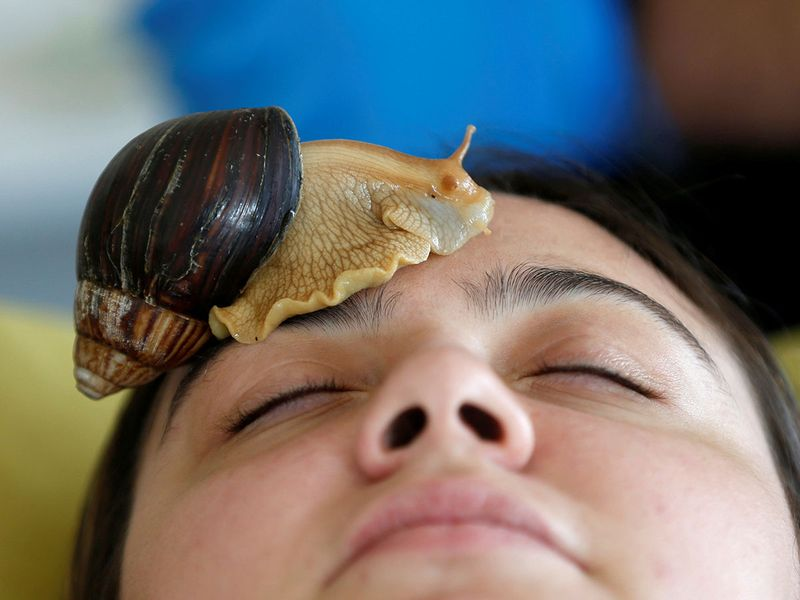
Quality discrepancies and potential applications
Analyses by microbiologist Roberta Rizzo and chemist Claudio Trapella reveal quality discrepancies among over 100 snail mucus products. Factors such as feeding and breeding practices, as well as harvesting methods, impact the final product. Organic chemist Adam Braunschweig sees potential beyond skincare, envisioning snail mucus as a wound repair glue, natural adhesive in bioengineering, and a drug delivery substance.
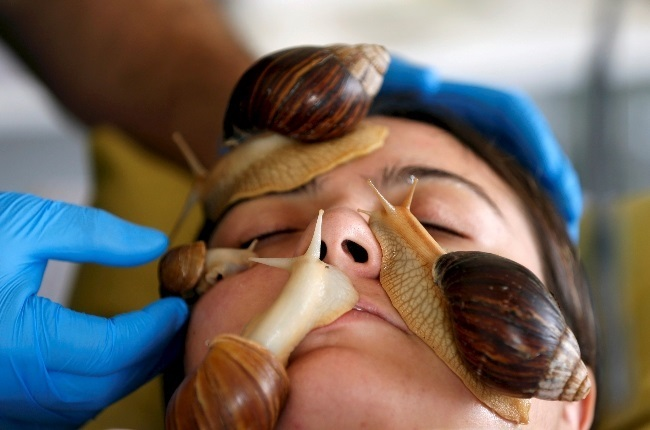
Ethical considerations
Concerns about the well-being of snails in the harvesting process are addressed by synthesizing bio-inspired mucus, reducing the need for extensive snail farms. Different harvesting methods, ranging from snails crawling on nets to misting chambers inducing secretions, are employed. Synthetic mucus allows for easier production scalability and modification of properties.
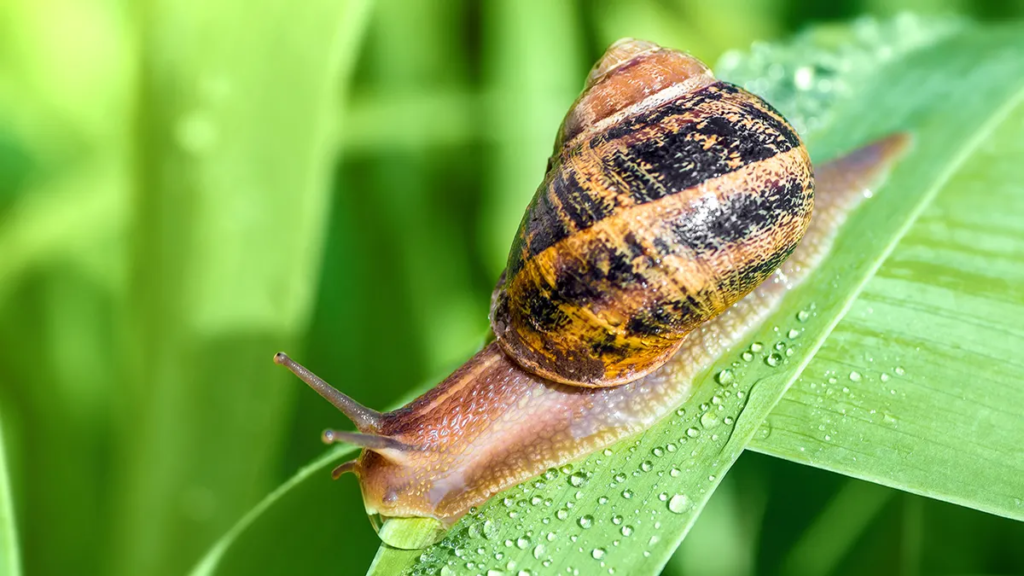
Conclusion
Snail mucus, once a historical remedy, has found a new identity in the modern skincare industry. As scientists continue to unravel its mysteries and explore potential applications beyond cosmetics, the slimy substance may play a crucial role in various medical and technological advancements in the coming years. Whether it’s combating skin aging or aiding in wound healing, the potential benefits of snail mucus are far-reaching, promising a slimy future filled with scientific discoveries.
To explore more news : Click Here
ALSO READ : Hidden Dangers In A Bottle Of Water : Nanoplastics In Water Raise Health Concerns







